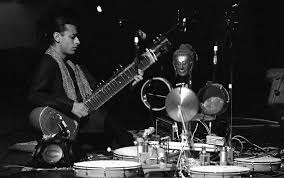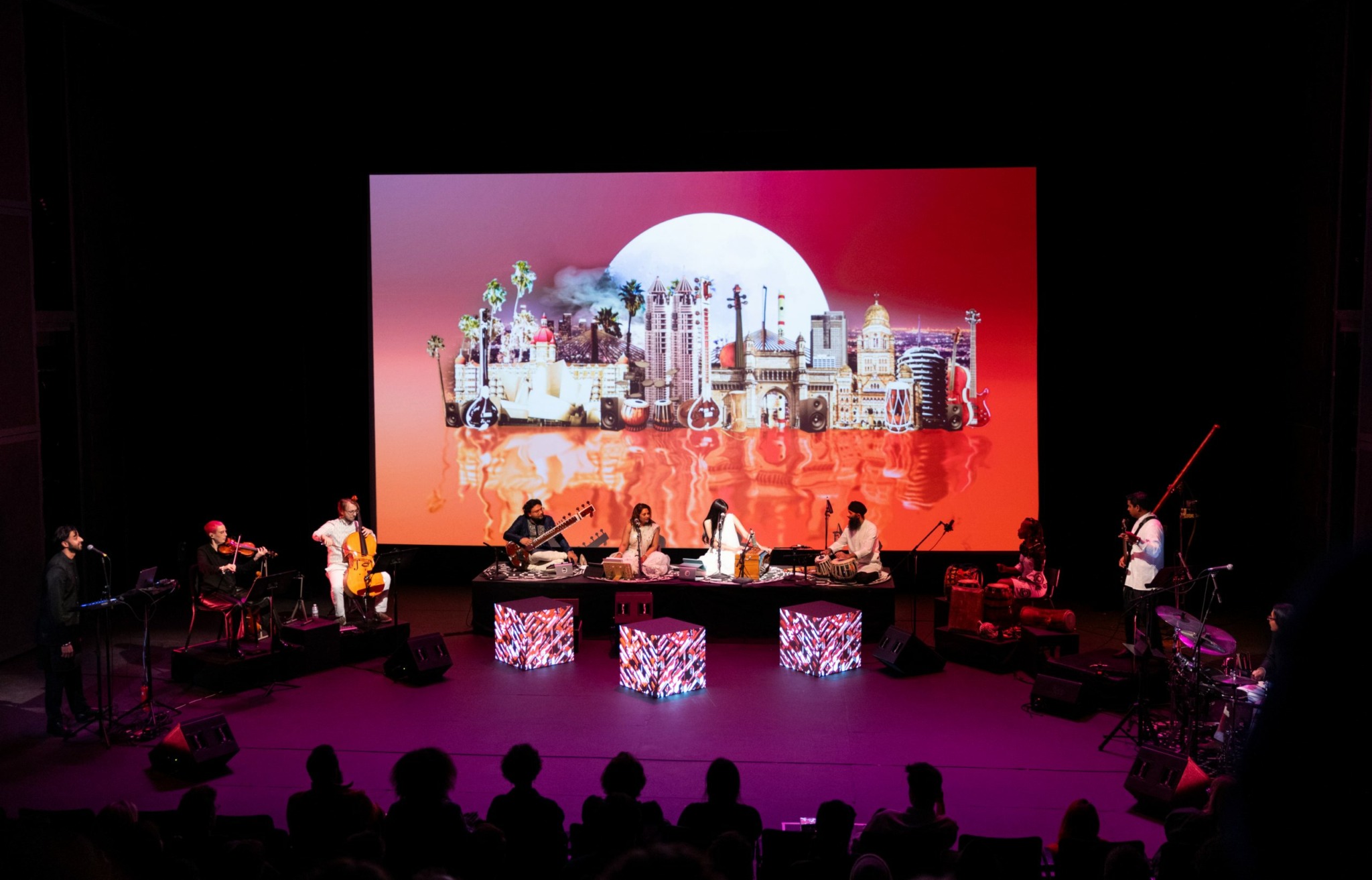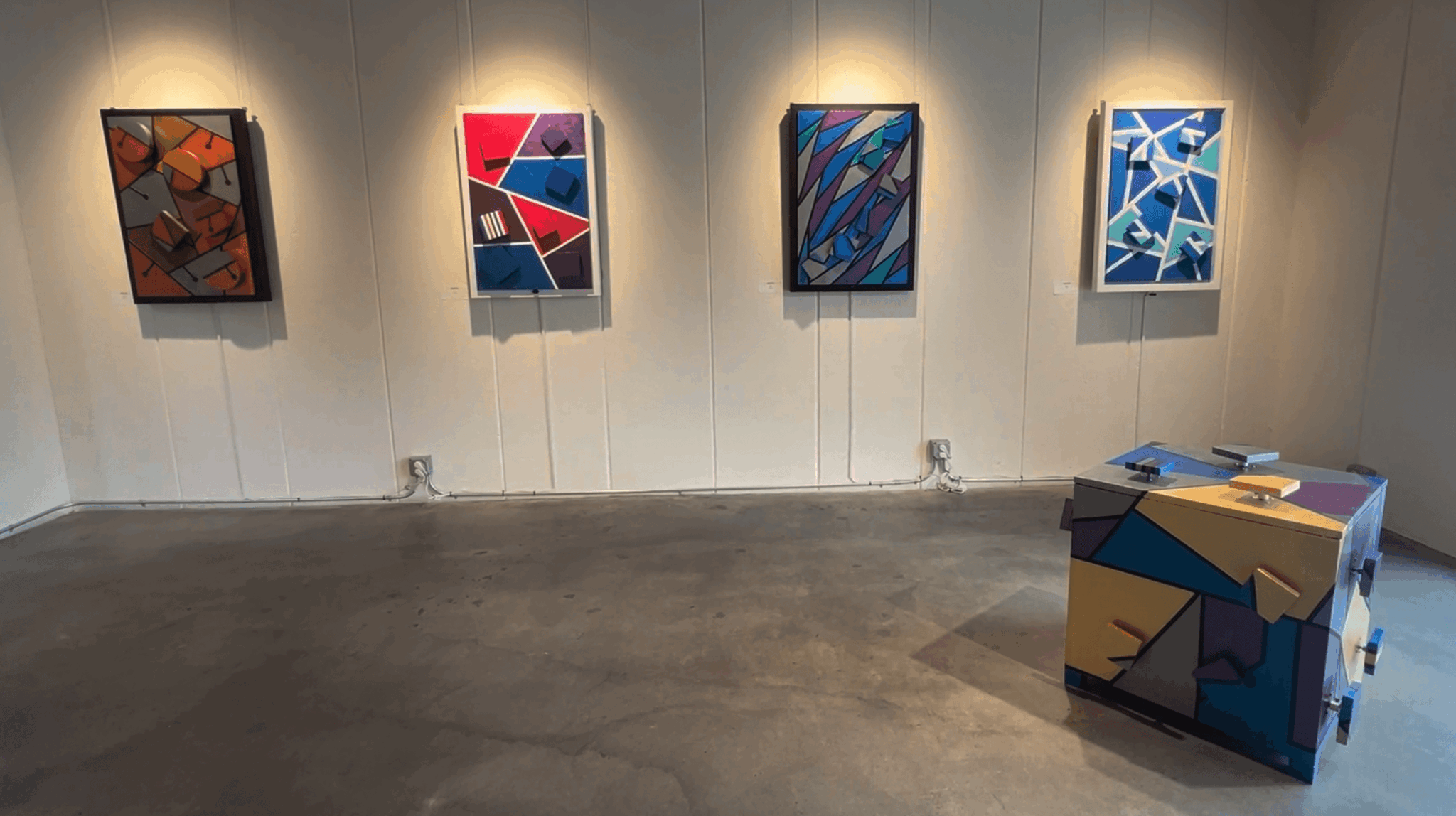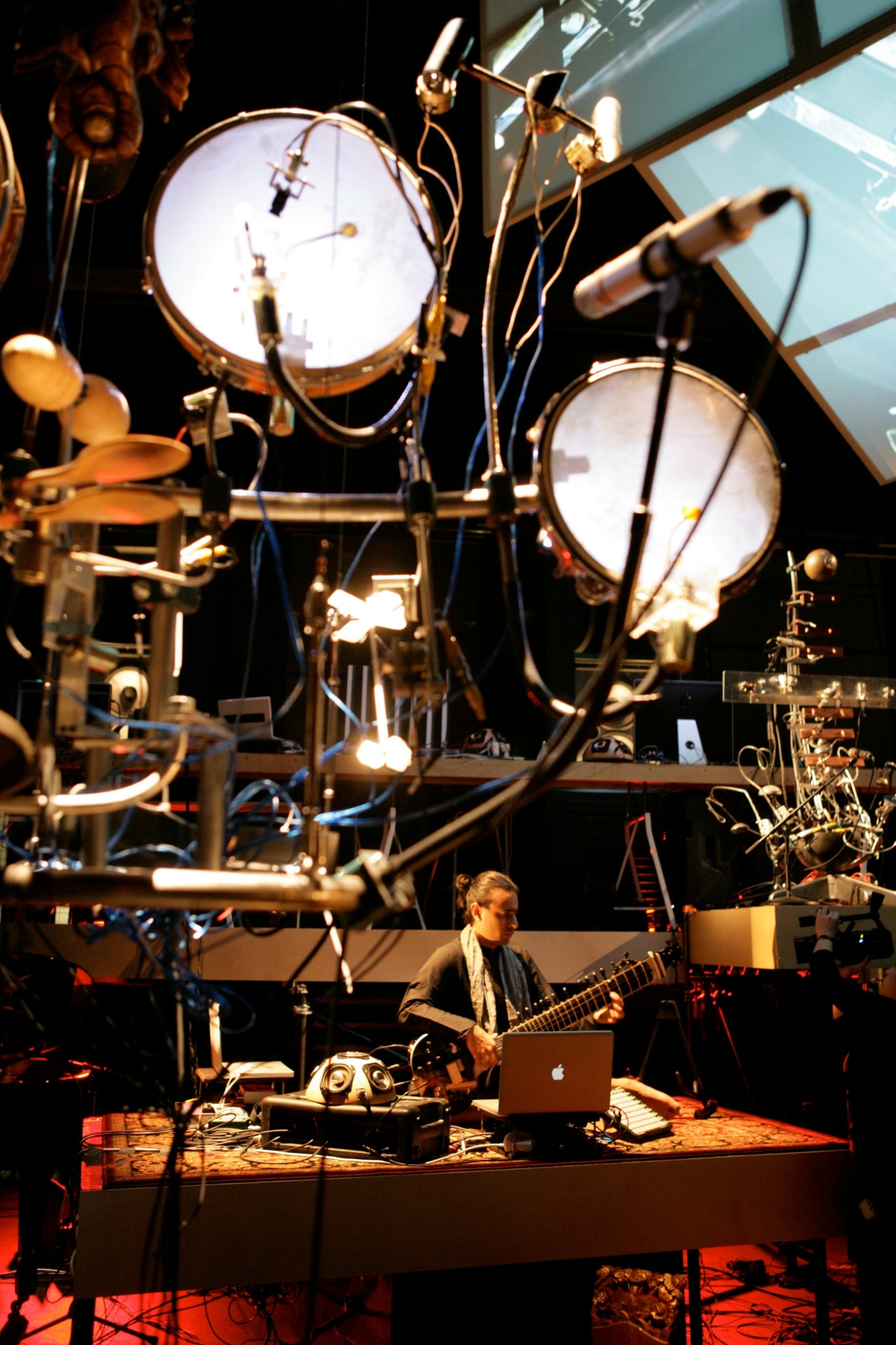We recently connected with Ajay Kapur and have shared our conversation below.
Alright, Ajay thanks for taking the time to share your stories and insights with us today. What’s been the most meaningful project you’ve worked on?
One of the most meaningful projects I’ve worked on was the focus of my PhD thesis (20 years ago) — a long, ambitious journey where I built a robotic 12-armed drummer designed to perform live music with me on stage.
At its core, this was an early experiment in AI-driven machine perception and musical co-creation. But the heart of it was something more personal: it was a way to explore how machines could not just imitate art, but actually collaborate in it — especially when grounded in Indian culture and my personal story.
To make this work, I designed an entire multimodal computing system. I embedded custom sensors into traditional Indian instruments, developed wearable sensors for my body, and built real-time audio signal processors — all of which gave the robotic system data about how I was moving, holding the instrument, and playing. Then, I built AI algorithms that could fuse that data into higher-level knowledge, allowing the machine to generate its own musical responses. It wasn’t scripted — it was reactive, fluid, and improvisational, much like Indian classical performance itself, but of course something novel and first in the world.
What made this project so meaningful was that it was deeply rooted in my cultural identity. The AI system was trained entirely on Indian classical musical data — rhythms and patterns passed down through generations. This wasn’t just about building a smart robot; it was about embedding lineage, heritage, and story into the machine, so that it could respond not just with intelligence, but with empathy and context.
Looking back, I see it as a prototype of how AI and art can truly co-create: not by reducing culture to data, but by elevating it through collaboration. This philosophy still shapes my work today, as an Immersive Artist and Entreprenuer, and as a Professor at California Institute of the Arts — the belief that the most meaningful AI art comes when the machine learns from the inner culture of the artist, not just their output.
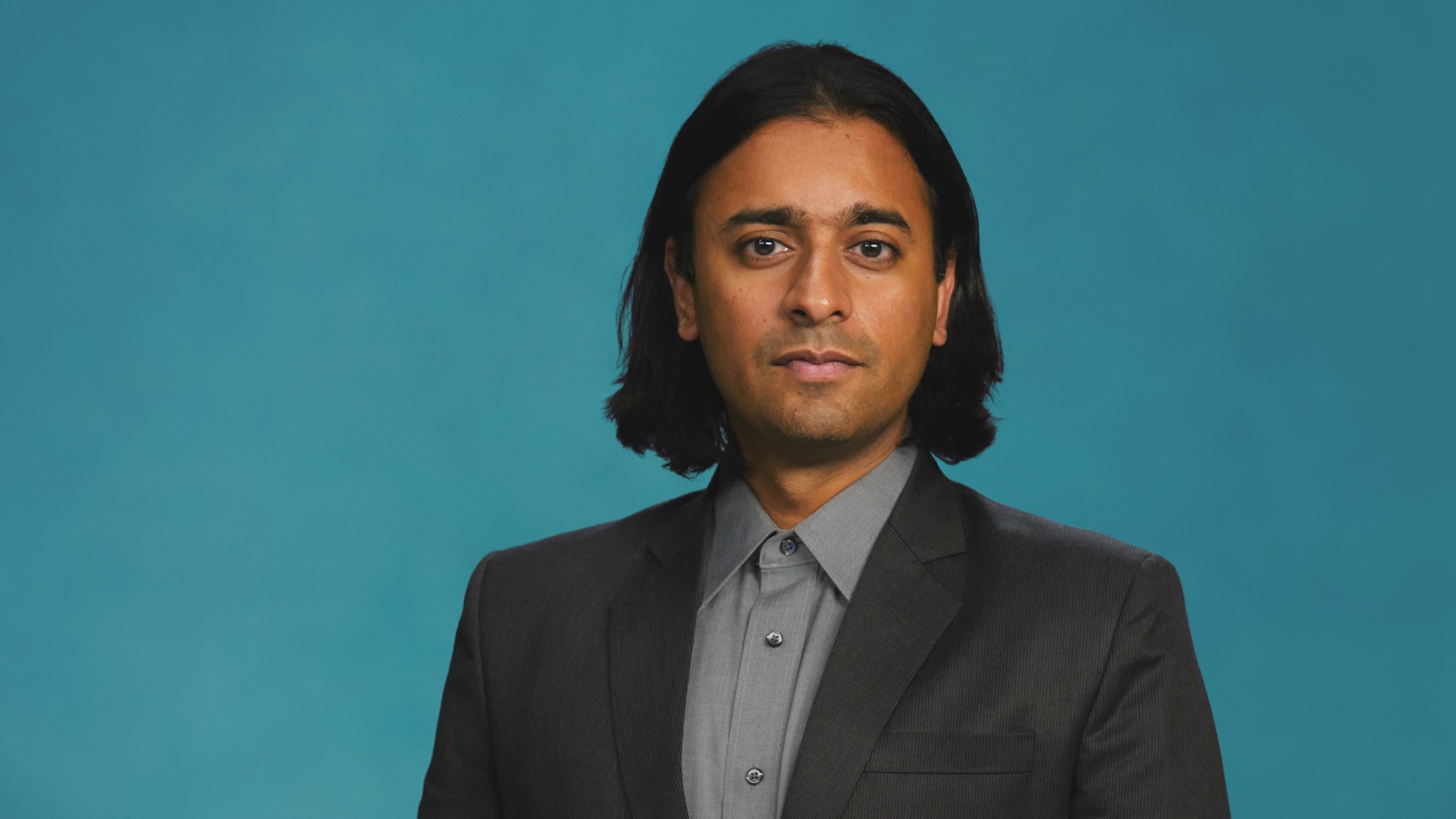
As always, we appreciate you sharing your insights and we’ve got a few more questions for you, but before we get to all of that can you take a minute to introduce yourself and give our readers some of your back background and context?
I am a “creative scientist.” The scientist in me organizes experiments exploring
how computer programming, electrical engineering, and digital signal processing can be used in
artistic practices. The creative in me gathers all the current technology from his laboratory into
modules that can be used in the concert hall, immersive installations, and writing modern music
while blending traditional techniques.
I have co-founded multiple
ventures in AI, ed-tech, and experiential design, reflecting my entrepreneurial spirit and commitment
to innovation. I serve as the Associate Provost of Creative Technologies at California Institute
of the Arts and has setup a number of academic programs over the decades at the School,
including Music Technology, Digital Arts, and Creative Computing.
I hold an interdisciplinary PhD from the University of Victoria (British Columbia),
combining computer science, electrical engineering, mechanical engineering, music, and
psychology with a focus on intelligent music systems and media technology. My musical and
artistic projects—including the Machine Orchestra and the KarmetiK Orchestra—have toured
internationally and have been featured at major venues including the REDCAT, Los Angeles
County Museum of Art, the Singapore Arts Festival, and the 2010 Winter Olympics.
A prolific scholar with nearly 200 publications, I am also the author of Digitizing North
Indian Music and Introduction to Programming for Musicians and Digital Artists, bridging
traditional artistry with modern tools and making the future of creative expression more
accessible.
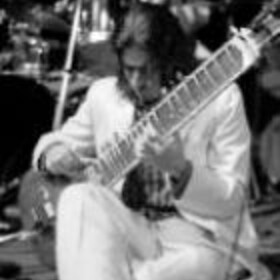
What’s the most rewarding aspect of being a creative in your experience?
For me, the most rewarding part of being an artist today is the challenge — and thrill — of being both a creator and an entrepreneur.
In the current landscape, being a successful artist means more than just refining your craft. You also have to build a vision, fund it, scale it, and share it in a way that resonates with the world. Especially as an immersive artist working with cutting-edge technology, the tools and materials I need — from robotics to projection systems to custom software — are incredibly expensive and complex. So I’m constantly wearing two hats: one as a visionary artist, and the other as a strategist and builder of opportunity.
I’m always iterating my work, but not just for refinement — I do it to stay on the edge of what’s possible, to create the next “first” in the world. Whether it’s a new machine, a new form of performance, or a totally unexpected audience interaction, I have to be the one championing the crazy ideas in my head — and marketing them to collaborators, funders, and institutions that can help bring them to life.
That balance — between imagination and execution, between dream and delivery — is what makes this work deeply challenging, and incredibly rewarding.

Is there something you think non-creatives will struggle to understand about your journey as a creative? Maybe you can provide some insight – you never know who might benefit from the enlightenment.
Absolutely. Growing up Indian American, with South Asian roots, the expectation was clear: success meant becoming a doctor, engineer, or lawyer. Choosing a creative path was not just unusual — it was almost unthinkable.
But what I’ve learned is that the creative path is the new engineering. It’s where innovation and disruption truly begin. The ability to think creatively — to imagine something that doesn’t yet exist, and then bring it into the world — is a superpower. It teaches you to navigate ambiguity, to problem-solve from unexpected angles, and even to identify new problems worth solving. In doing so, you don’t just follow a path — you create your own niche.
That mindset has shaped everything I do. And now, as a parent of three, creative education is at the center of how I raise my kids. Not because I expect them to become artists, but because I want them to grow into people who can think independently, express themselves deeply, and find joy in building something meaningful — whatever field they choose.
For anyone who sees creativity as “optional” or “risky,” I’d say this: it’s not just a form of expression. It’s a form of intelligence. And in a rapidly changing world, it’s one of the most important tools we can give the next generation.
Contact Info:
- Website: https://ajaykapur.com/
- Instagram: https://www.instagram.com/ajaykapurphd
- Facebook: https://www.facebook.com/digitalraja
- Linkedin: https://www.linkedin.com/in/ajay-kapur/
